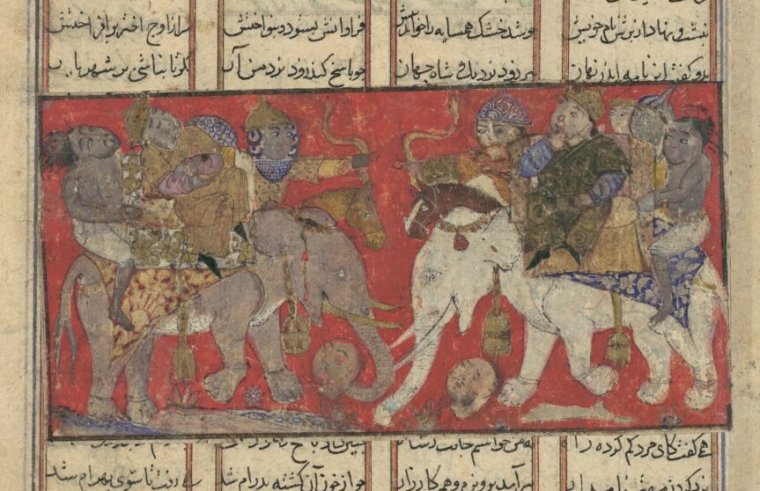Is accidentally stumbling across the unknown a key part of science?

Enlarge / The First Combat of Gav and Talhand', Folio from a Shahnama (Book of Kings), ca. 1330-40, Attributed to Iran, probably Isfahan, Ink, opaque watercolor, gold, and silver on paper, Page: 8 1/16 x 5 1/4 in. (20.5 x 13.3 cm), Codices, Three battles between two Indian princes - half brothers contending for the throne - resulted in the invention of the game of chess, to explain the death of one of them to their grieving mother. The Persian word shah mat, or checkmate, indicating a position of no escape, describes the plight of Talhand at the end of the third battle. (Photo by: Sepia Times/Universal Images Group via Getty Images)
The three princes of Sarandib-an ancient Persian name for Sri Lanka-get exiled by their father the king. They are good boys, but he wants them to experience the wider world and its peoples and be tested by them before they take over the kingdom. They meet a cameleer who has lost his camel and tell him they've seen it-though they have not-and prove it by describing three noteworthy characteristics of the animal: it is blind in one eye, it has a tooth missing, and it has a lame leg.
After some hijinks the camel is found, and the princes are correct. How could they have known? They used their keen observational skills to notice unusual things, and their wit to interpret those observations to reveal a truth that was not immediately apparent.
It is a very old tale, sometimes involving an elephant or a horse instead of a camel. But this is the version written by Amir Khusrau in Delhi in 1301 in his poem The Eight Tales of Paradise, and this is the version that one Christopher the Armenian clumsily translated into the Venetian novel The Three Princes of Serendip, published in 1557; a publication that, in a roundabout way, brought the word serendipity" into the English language.